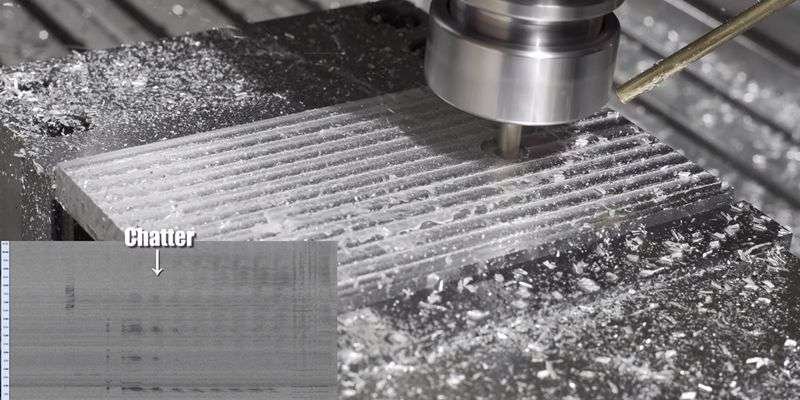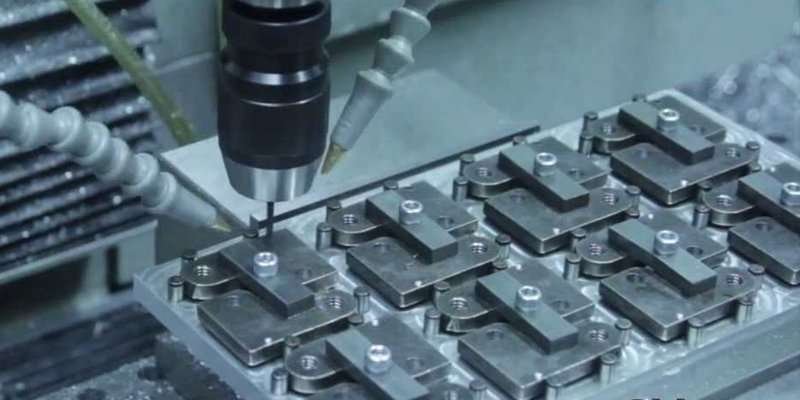CNC machine tools are short for computer numerical control machine tools, which are automated machine tools equipped with a program control system.
This control system can systematically and regularly process programs with control codes or other symbolic instructions, convert program instructions into numerical code representations, and then input the coded numbers into the numerical control device through information carriers.
After a series of operations, the numerical control device sends out various control signals, such as controlling the machine tool to process the shape and size according to the requirements of the drawing.
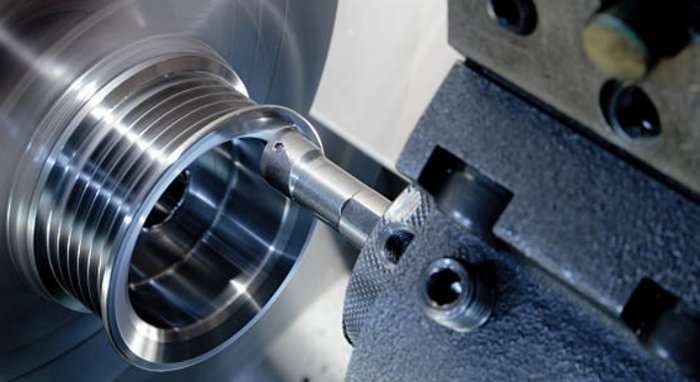
In layman’s terms, a CNC machine tool is essentially a machine tool that uses digital code-based information (program instructions) to control the cutting tool, and performs automatic processing according to a given work program, motion speed, and operating trajectory.
In the past 20 years, with the continuous development of science and technology, the rise and increasing maturity of advanced manufacturing technology have put forward higher requirements for CNC machine tools.
In many industrialized countries, within 10-15 years after World War II, the main production was still outdated machine tools, as they were fully capable of meeting the requirements for use. However, with increasing competition, the modernization of machine tools urgently requires attention to cost pressures and changes in consumer behavior.
In 1946, Drs. John W. Mauchly and J. Presper Eckert provided ENIAC as the world’s first electronic digital computer to the U.S. Army – setting the groundwork for electronic data processing.
Between 1949 and 1952, John Parsons of Massachusetts Institute of Technology was hired by the United States Air Force to develop a control system for machine tools. Under this system, spindle position can be directly controlled via computer output while relevant manufacturing data records were automatically generated. John Parsons proposed four points as core features in such a control system:
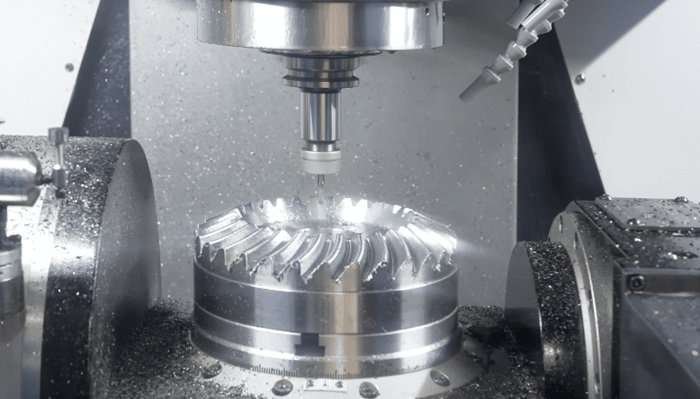
1) Save the calculated position of the trajectory in the perforated card.
2) Automatically read the machine position from the punched card.
3) Display the current location of the card being read in real time and complete the calculation of the intermediate value.
4) The servo motor can control the movement of the shaft.
The use of these machines and equipment can provide more complex components for the aircraft manufacturing industry. Previously, these complex components were only accurately described using a small amount of mathematical data, making it very difficult for manual manufacturing. The connection protocol between computers and CNC machines was set at the beginning of the industry’s development.
In 1952, the first CNC machine tool with a vertical spindle provided by the Cincinnati Hydrotel Company was operated at the Massachusetts Institute of Technology. Its control part was implemented by electronic tubes, which allowed for three-axis simultaneous motion (3D linear interpolation) and could store data using binary-coded tape.
In 1954, Bendix purchased the Parsons patent and manufactured the first numerically controlled machine tool produced in an industrialized manner. The numerical control system of this numerically controlled machine tool also used electronic tubes for control.
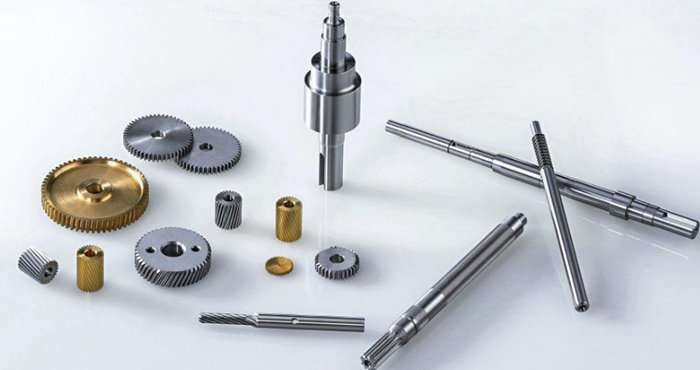
In 1957, the US Air Force department manufactured the first CNC milling machine in its own workshop.
In 1958, the first symbolic programming language APT was built on IBM’s 704 computer.
In 1960, an NC system using transistor technology replaced one using relays and vacuum tubes as its foundation.
Since the 1970s, global markets have evolved into buyer’s markets; that means the rate of replacement products has accelerated while their lifespans are becoming shorter and shorter.
Due to this trend, mass production has begun shifting towards low-volume production.
The production lines for unchanged mass-produced products have been replaced by automated and flexible CNC machine tools, and automated and conveyor-line batch manufacturing has replaced solid batch manufacturing. However, at the same time, due to the increasing complexity of products, modern machine tools have become increasingly dependent on CAD systems that require consistent data for rapid NC programming.

In 2003, at the EMO exhibition held in Milan, the Swiss company Mikron first introduced the concept of intelligent machine tools.
In 2006, at the 26th Chicago International Machine Tool Manufacturing Technology Exhibition held in the United States, the Japanese company Mazak exhibited a CNC machine tool with “four intelligences” under the name of “intelligent machine tool”.

